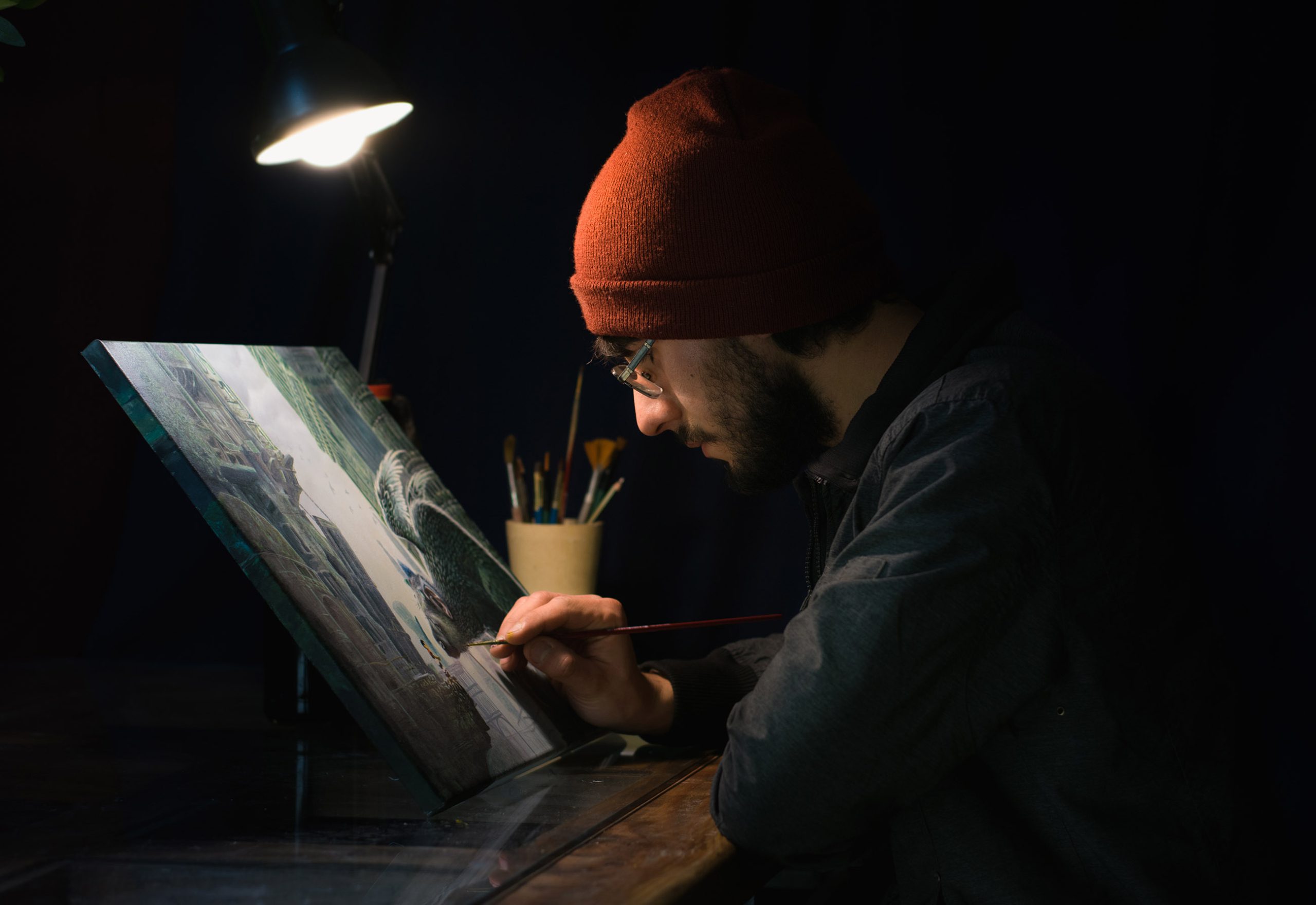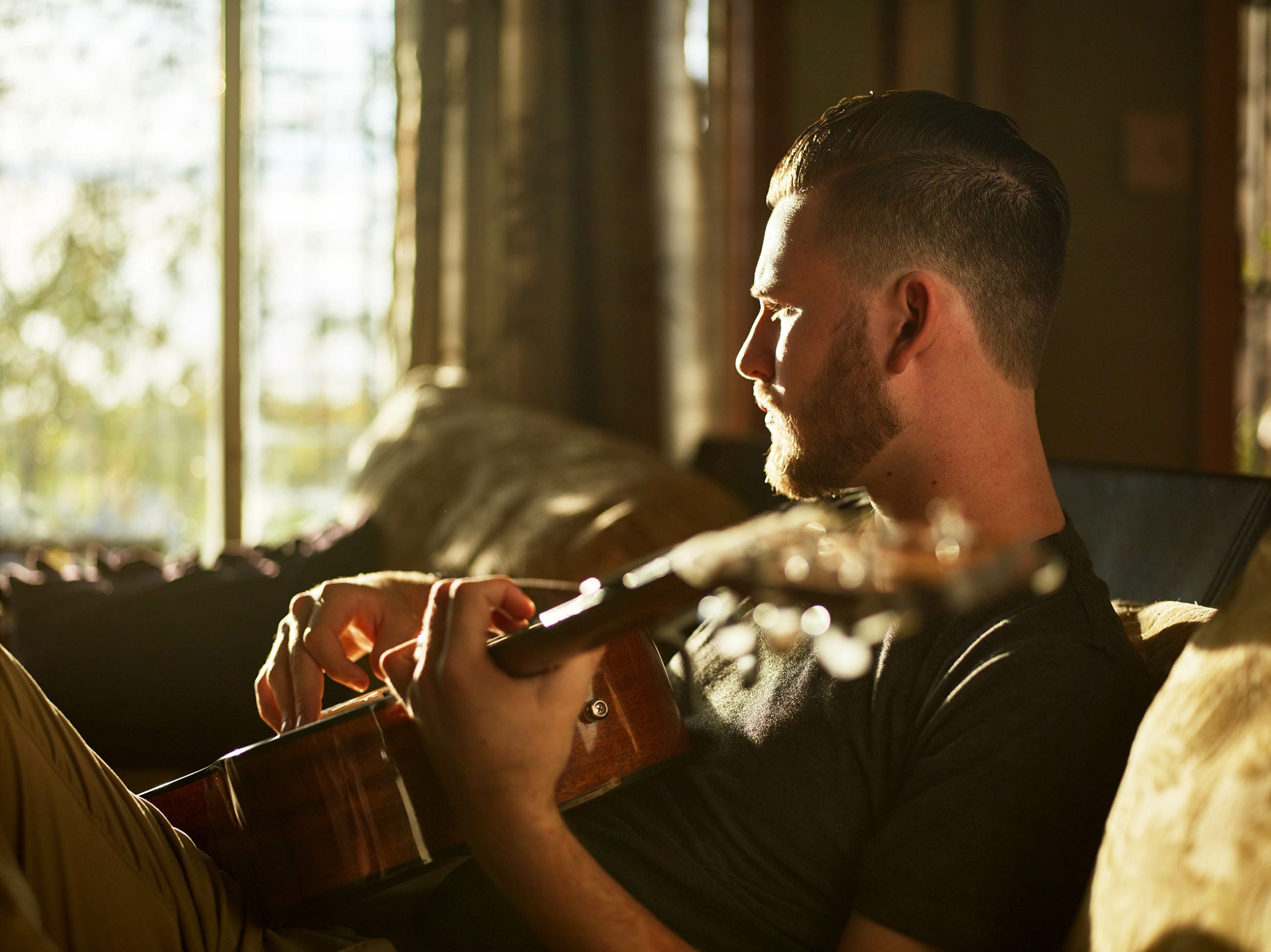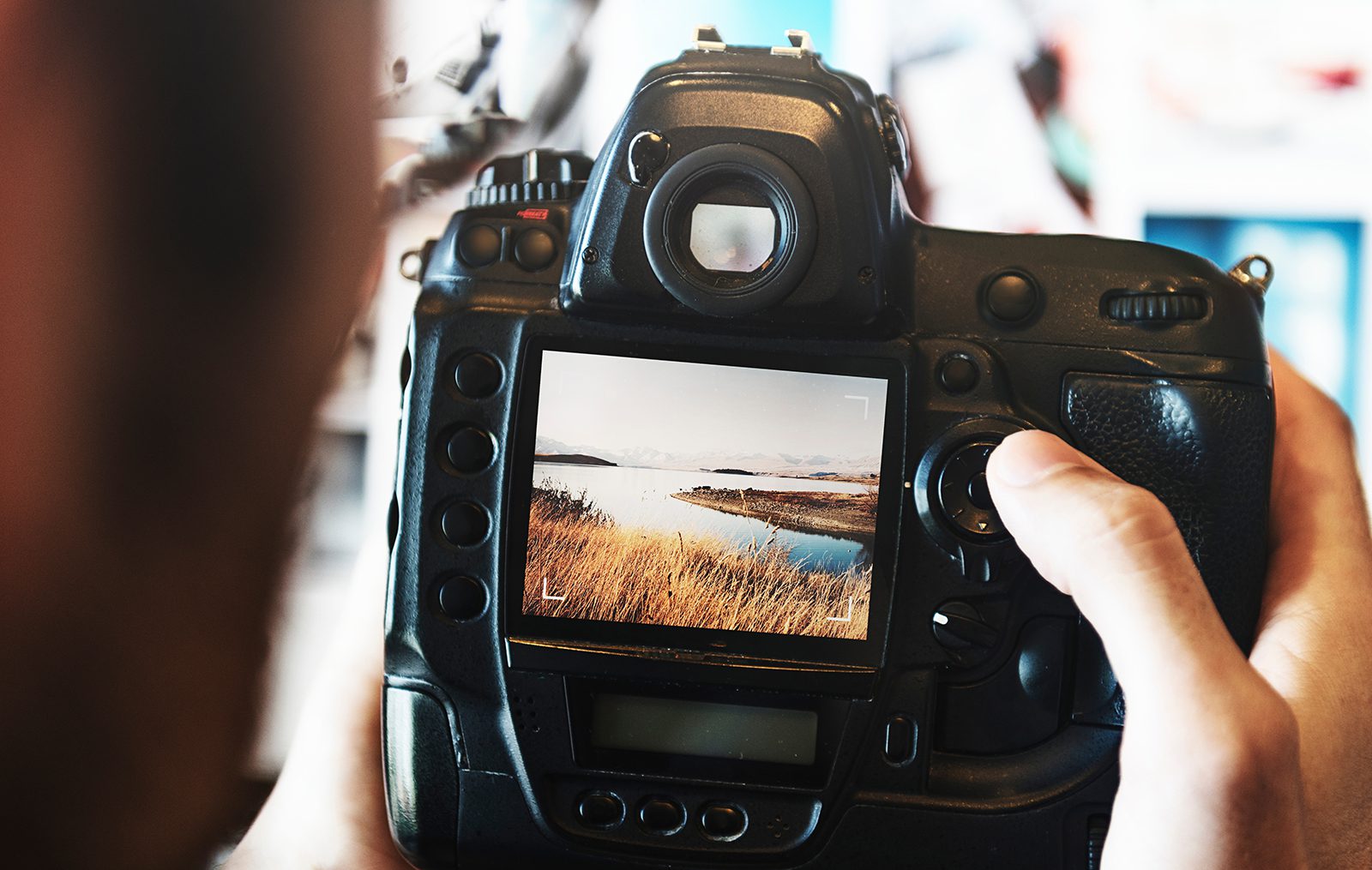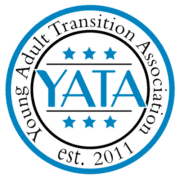Art and Music for Recovery – How They Can Help
Whether creating it or appreciating it, people have been using art and music to comfort, inspire and connect from time immemorial. The arts have the capacity to evoke strong emotions, unlock memories, soothe anxiety and help people feel more connected to one another. But the benefits are more than anecdotal – or experiential. It turns out that listening to music, playing music, and viewing and creating art can result in measurable – positive – changes in brain activity.
Art and music therapy is widely used to treat or alleviate the symptoms of addiction disorders, anxiety, PTSD, depression, even Alzheimers. Considered a complementary and alternative medical (CAM) practice, art and music therapy is studied far less than evidence-based treatments that are largely pharmacological or behavioral. While there isn’t a ton of scientific research on the ways art and music affect the addicted brain specifically, there is little question that as a method to promote general well-being, it has significant benefits.
Let’s take a look at what we do know about the science around art, music, brain health and recovery.
Art, Music, and Dopamine
One way that art and music benefit the brain is through healthy dopamine release. Dopamine is a “feel-good” chemical neurotransmitter associated with reward, motivation – and addiction. Research into the science of addiction, and its impact on the brain’s reward pathways, has shown unequivocally that addiction is a brain disease, not a character disorder or sign of moral failing as it was once categorized and stigmatized.
According to an article from Yale Medicine, drugs like opioids, cocaine and nicotine negatively impact brain function by triggering dopamine release at levels up to ten times above normal. As the addicted brain builds tolerance, it needs more and more of a substance to get that same high-level dopamine release. Although the recovery process is complex and multi-faceted, a big part of the journey is allowing time for the brain’s dopamine regulation to reset, which, studies indicate, is possible with time. One such study, Loss of Dopamine Transporters in Methamphetamine Abusers Recovers with Protracted Abstinence, shows that the meth-addicted brain’s ability to recover normal dopamine regulation is possible – but only with long-term abstinence (i.e., abstinence lasting longer than nine months).
How Art and Music Stimulate the Brain’s Reward Systems
Music and Dopamine
Though there isn’t a great deal of clinical research on the topic, observationally, art and music’s ability to stimulate dopamine release in recovery appears to be helpful in managing the time spent healing the brain’s reward system. And this makes sense because studies conducted with healthy brains prove that music stimulates tangible reward pathways (the pathways that light up with things like food, sleeping, and drugs).
In a study conducted by a team at McGill University, in Canada, researchers found that participants (with non-addicted brains) experienced dopamine release both in the anticipation and in the actual experience of listening to music. What this indicates is that enjoying music is not merely a cognitive reward – it physically engages the brain’s reward system circuitry.
Art and Better Decision Making?
According to the American Congress of Rehabilitative Medicine, art therapy lowers the stress hormone cortisol, improves focus, helps process emotions, improves communication skills and helps with decision-making. Brain scan experiments conducted by Dr. Semir Zeki, a professor at the University College of London, have found that when an individual is looking at a piece of artwork that they find beautiful, the mOFC, or medial orbitofrontal cortex, lights up. The mOFC, housed in the reward and pleasure center of the brain, plays a role in goal-directed decision-making. An article titled The Medial Orbitofrontal Cortex Regulates Sensitivity to Outcome Value, in the Journal of Neuroscience discusses the important role this area of the brain plays in decision-making, “Goal-directed response selection often involves predicting the consequences of one’s actions and the value of potential payoffs.”
Though this field of research is still in its infancy, work is now being done to better understand the role that the mOFC and the prefrontal cortex, in general, play in cue-induced craving. One study hypothesizes that “drug cues and drug-related context…may be encoded in the medial orbitofrontal cortex (mOFC).” In light of this possibility, one question that arises is, “what, if any physical brain changes occur in a recovering brain’s mOFC when under the influence of art therapy?”
More research is needed to really understand the relationship between art therapy and the ways it may help heal the brain systems that control craving and addiction. Still, anecdotal evidence, along with the proliferation of art and music therapy programs in recovery, indicate that these programs are indeed helpful, one way or another.
The Grounds Recovery Believes in the Power of Art and Music to Facilitate Recovery
In addition to substance use disorders, art and music therapy have also been shown to help people dealing with mental health disorders ranging from PTSD to depression and anxiety. Aside from the measurable impact these therapies may have on the brain, there is ample evidence showing their capability to help people with mental health disorders communicate, engage, and connect with others. Observational studies show that art therapies alleviate symptoms of anxiety and depression while improving social functioning and overall quality of life. Since many individuals in recovery are also grappling with co-occurring mental health disorders, this makes art and music therapy programs even more valuable in recovery.
The Grounds offers arts programs, including culinary classes and a partnership with Rock to Recovery, a program founded by Korn touring guitarist Wes Geer. Rock to Recovery works with over 60 organizations supporting men, women, at-risk youth, and Wounded Warriors. Bi-weekly sessions at The Grounds allow all members to play instruments, write songs, and record music.
As our residents build upon their life skills, we encourage them to seek out creative outlets that are of interest to them, and we support them in building a network that includes access to those outlets that they can take with them after their stay with us.






